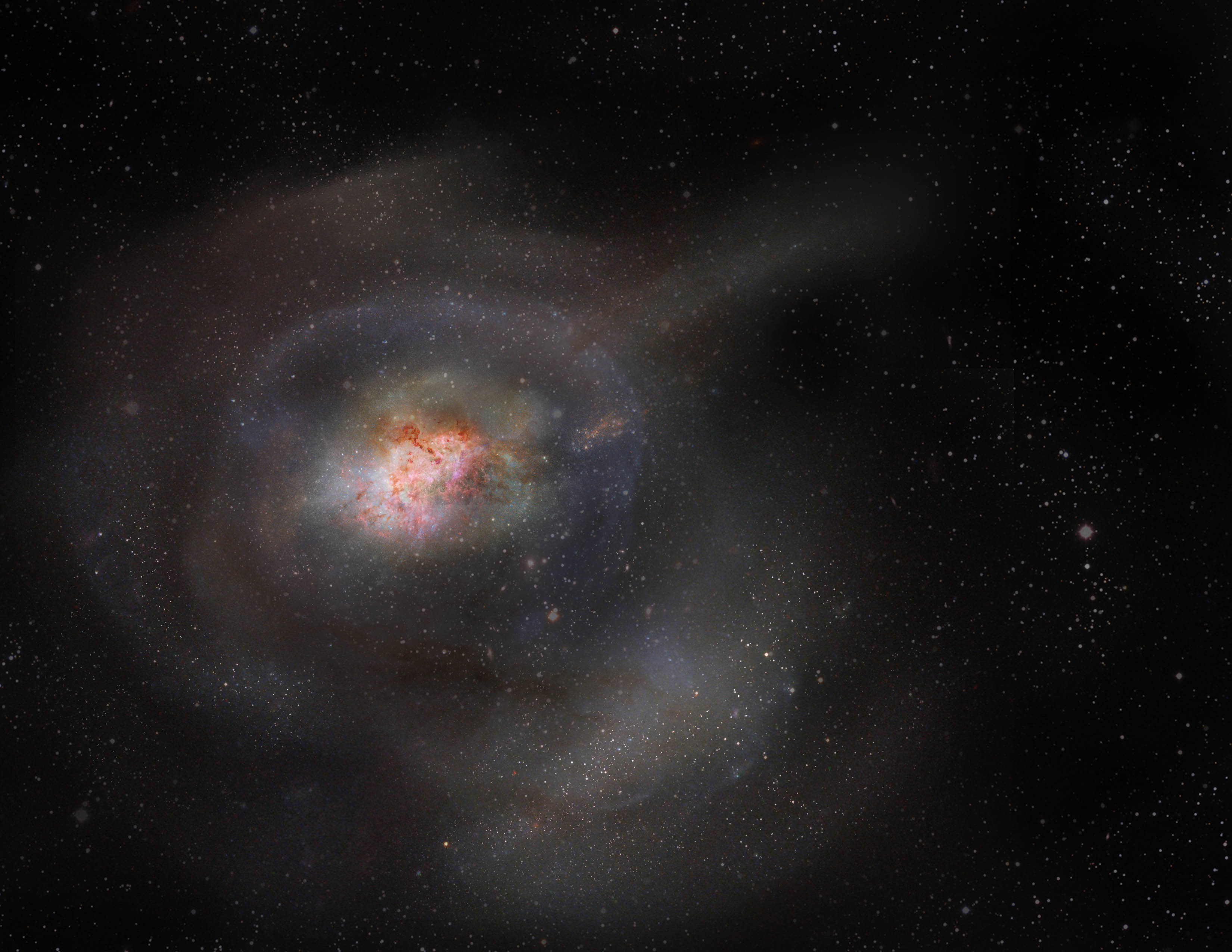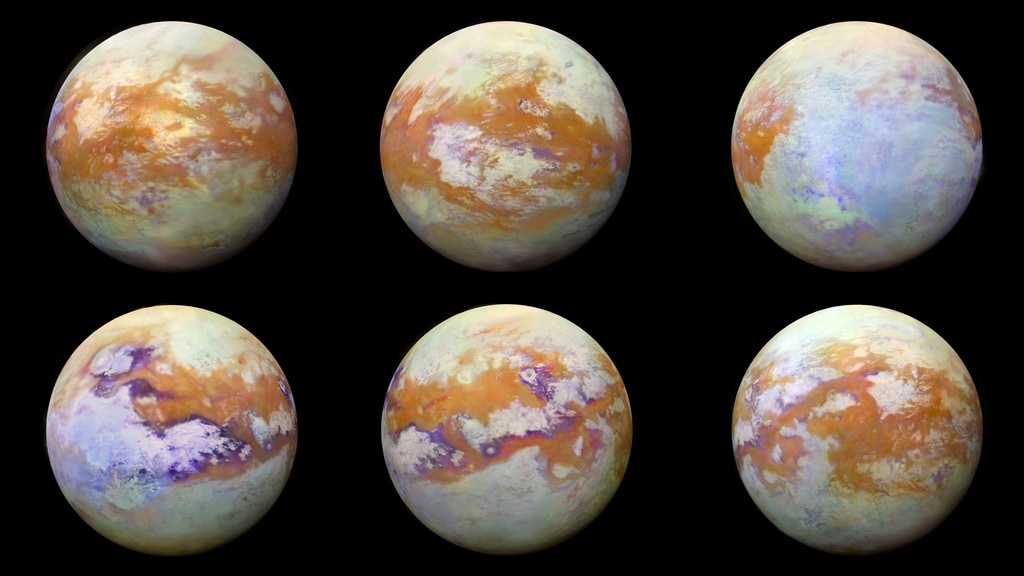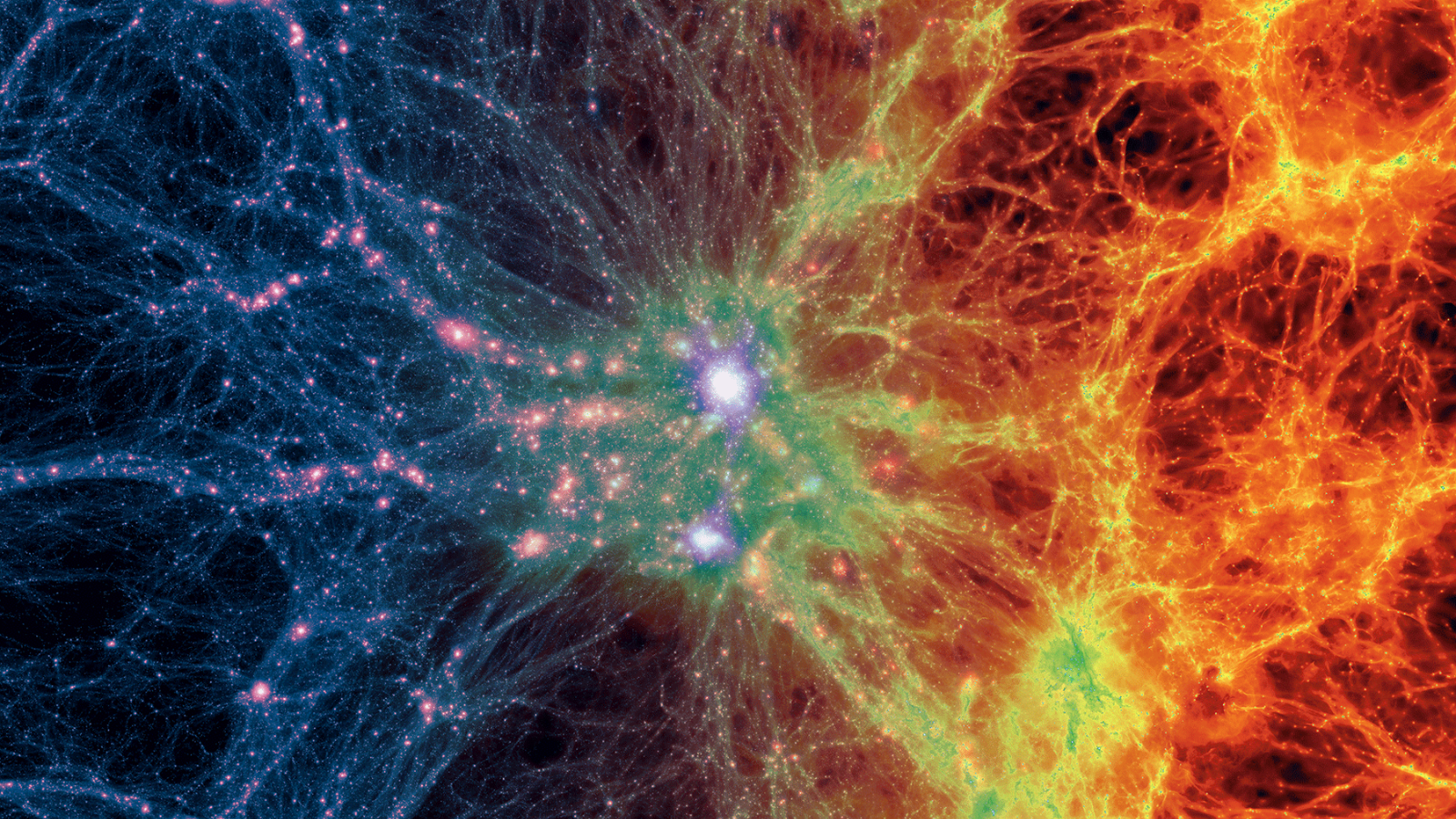
Stefanie Waldek
Space.com contributing writer Stefanie Waldek is a self-taught space nerd and aviation geek who is passionate about all things spaceflight and astronomy. With a background in travel and design journalism, as well as a Bachelor of Arts degree from New York University, she specializes in the budding space tourism industry and Earth-based astrotourism. In her free time, you can find her watching rocket launches or looking up at the stars, wondering what is out there. Learn more about her work at www.stefaniewaldek.com.
Latest articles by Stefanie Waldek
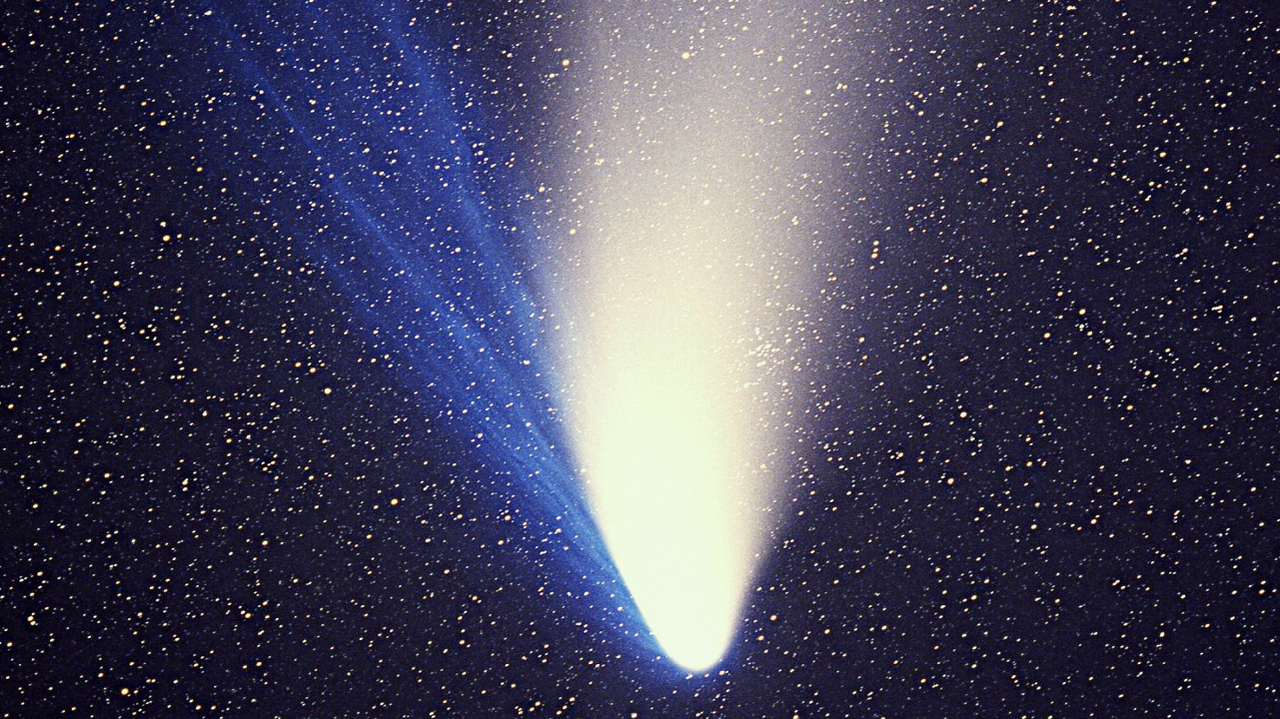
James Webb Space Telescope has comets to catch when science begins
By Stefanie Waldek published
The James Webb Space Telescope's powerful infrared instruments will be trained on three types of comets, potentially providing insight into the solar system's early life.
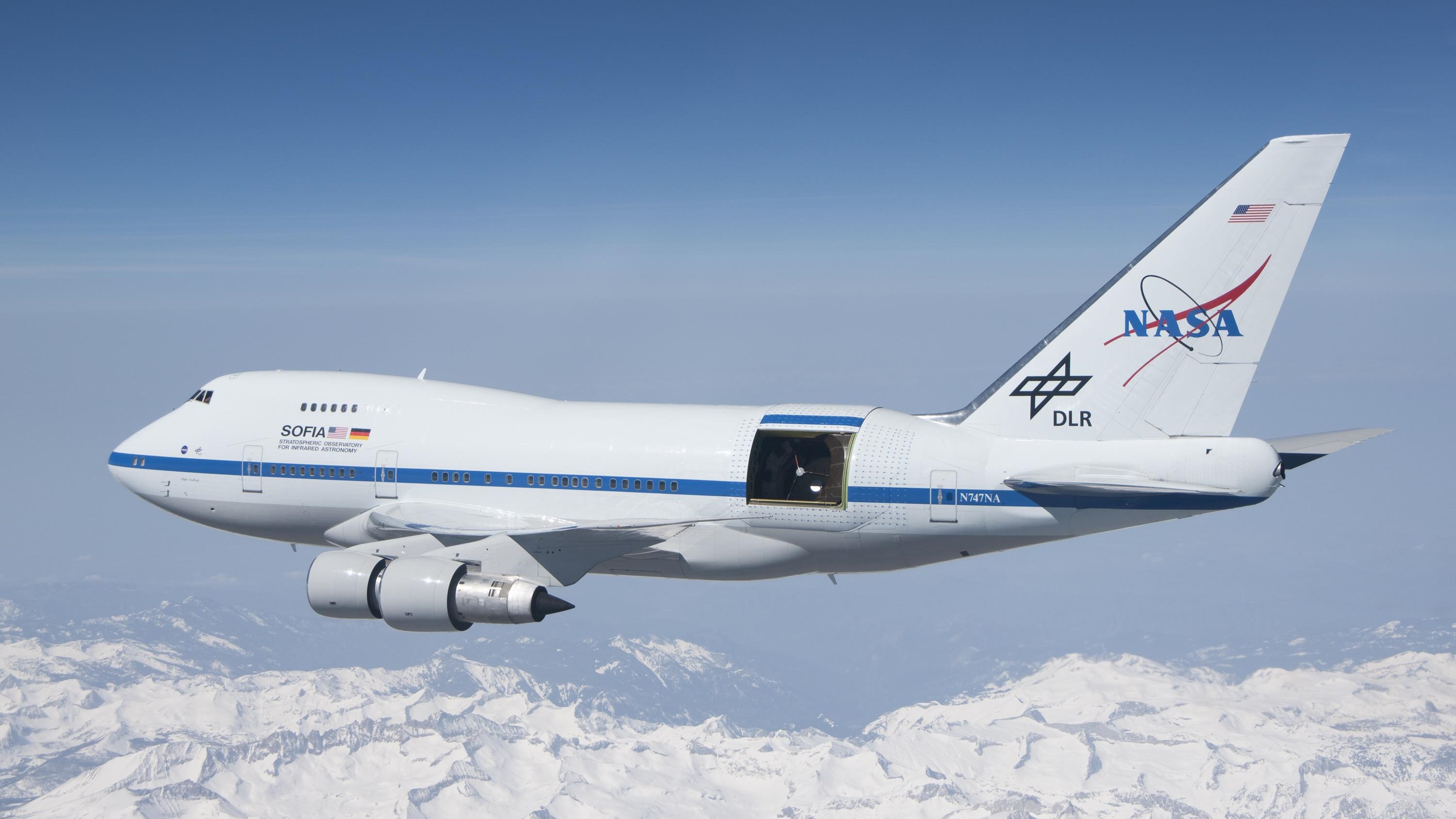
NASA's flying SOFIA observatory is in New Zealand for the last time
By Stefanie Waldek published
For its last international deployment, the aircraft returns to Christchurch for a seventh and final time.
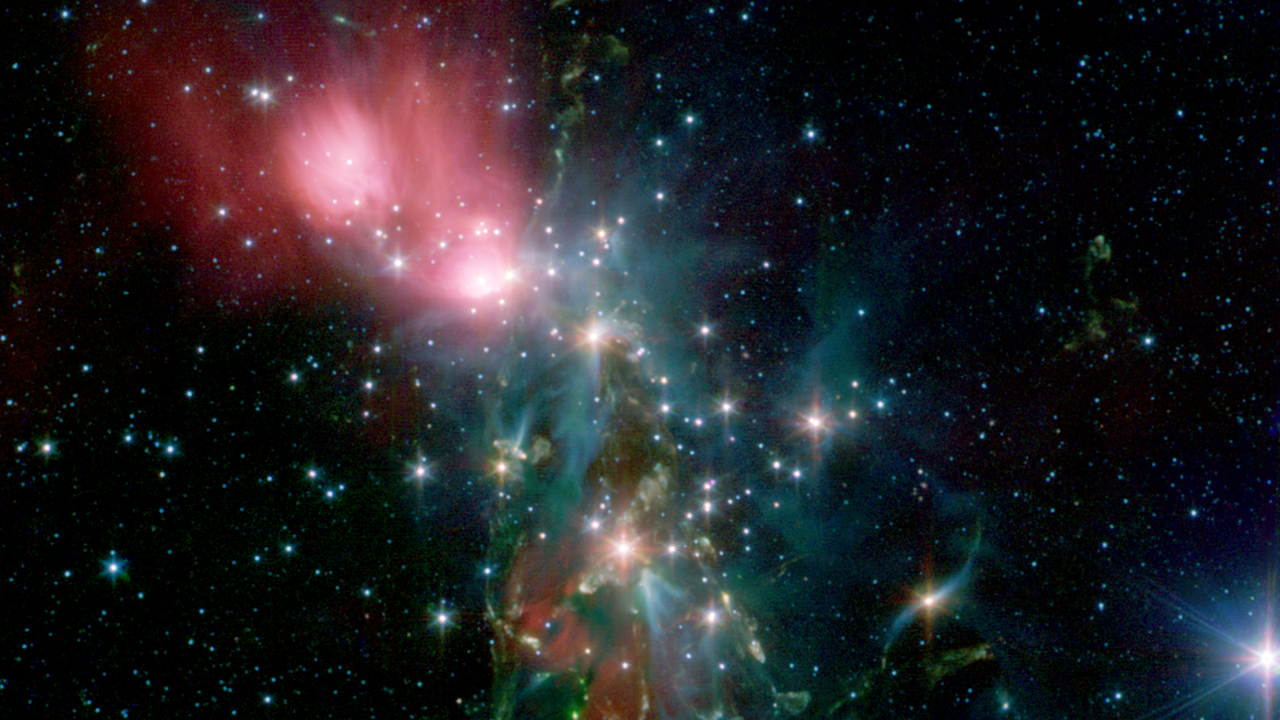
James Webb Space Telescope will get best view yet of 'failed stars' and rogue planets
By Stefanie Waldek published
One of the instrument's early programs includes performing spectroscopy on stellar nursery NGC 133 to spot the small, dark celestial bodies.
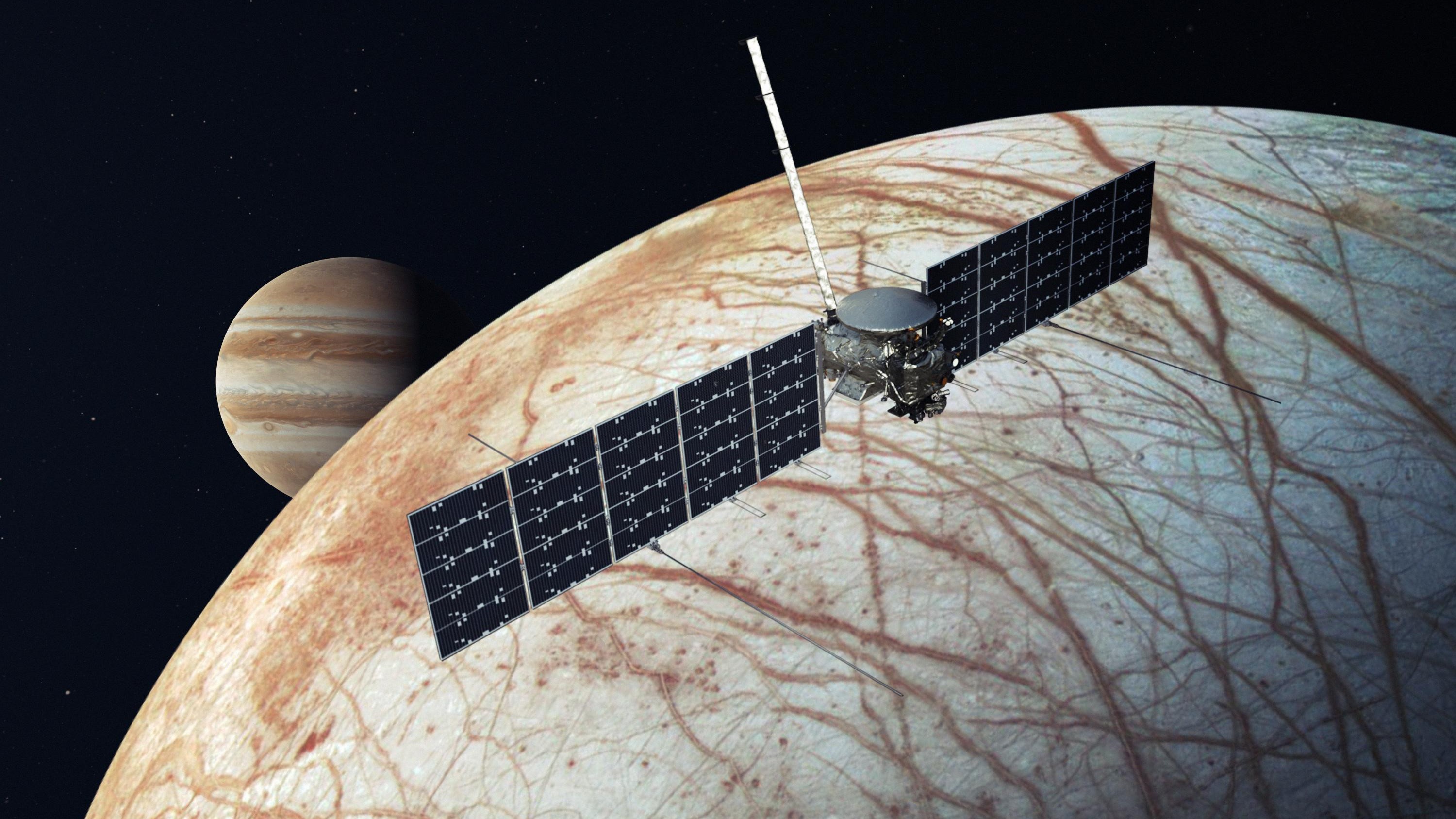
NASA's Europa Clipper may crash into Ganymede, the largest moon in the solar system, at mission's end
By Stefanie Waldek published
The Europa Clipper mission, due to launch in 2024, was originally supposed to crash into Jupiter, but there's been a change of plans.

'Emerging super Crab' might be the most powerful pulsar ever discovered
By Stefanie Waldek published
Sifting through data from the Very Large Array Sky Survey, scientists have observed an object that might be a "pulsar wind nebula."
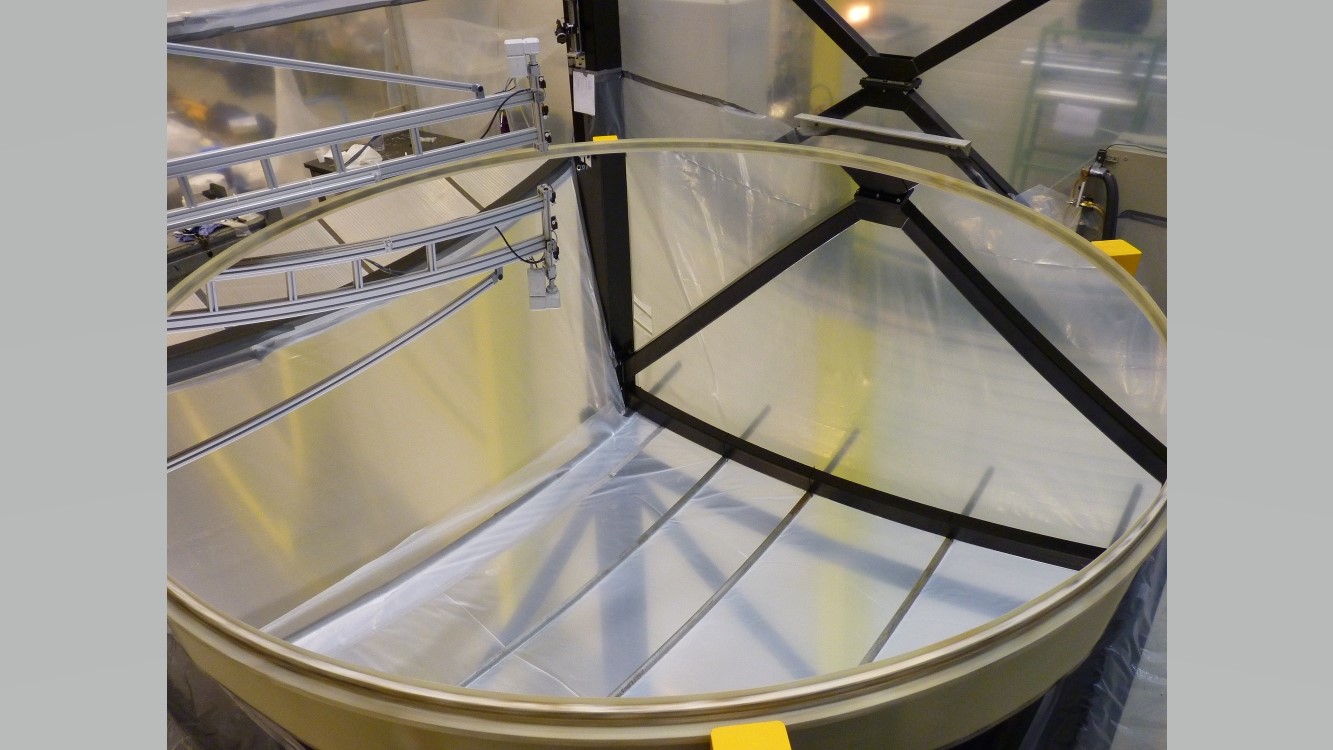
World's largest liquid mirror telescope ready to observe
By Stefanie Waldek published
The 4-meter-wide International Liquid Mirror Telescope (ILMT) at Devasthal Observatory in the central Himalayas comes online.
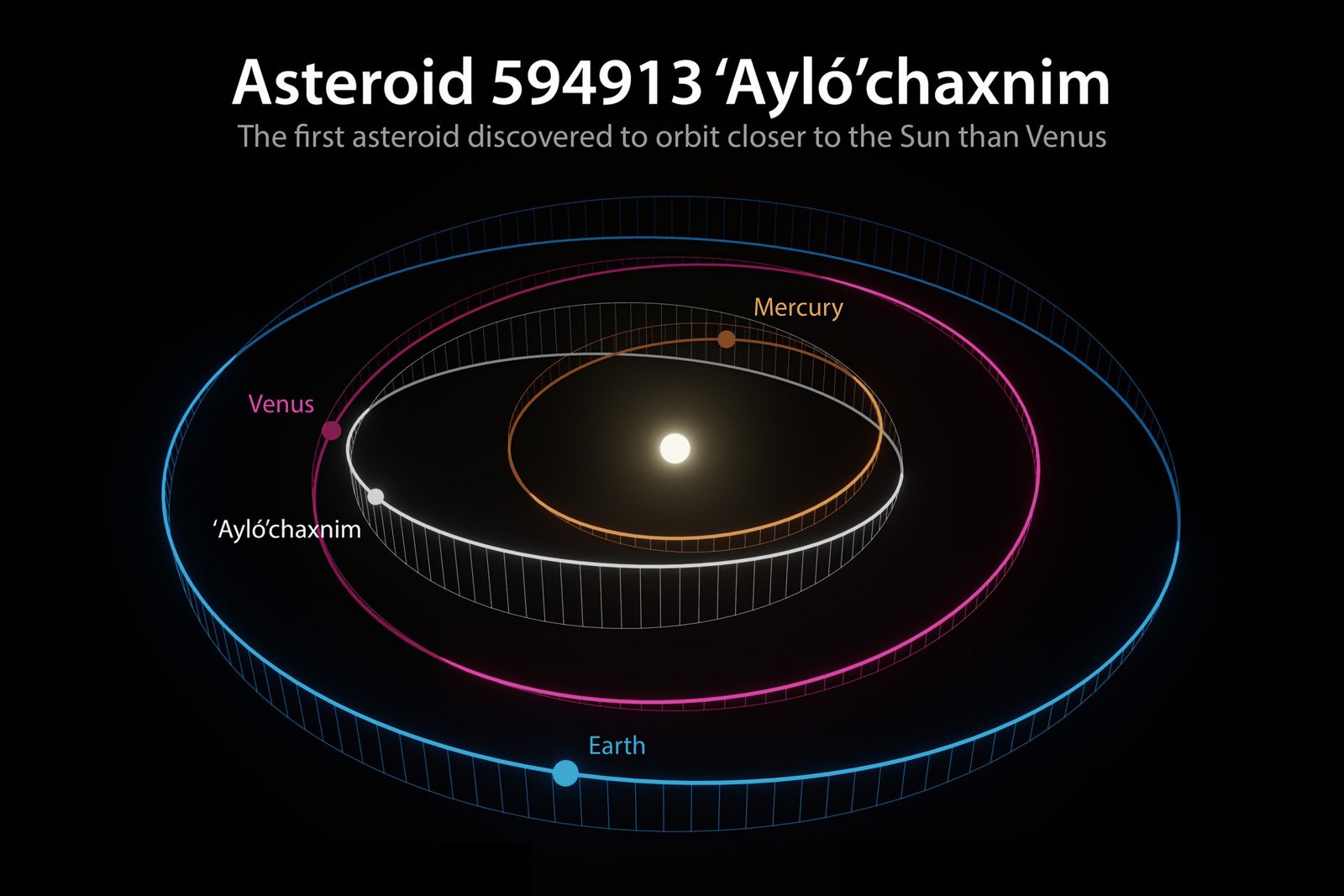
Newly spotted asteroid near Venus earns name from Pauma band of Native Americans
By Stefanie Waldek published
Scientists at the Palomar Observatory turned to the Pauma band, upon whose ancestral lands the facility sits, to name the asteroid, now dubbed 'Ayló'chaxnim, or 'Venus girl.'

Wobbly jets of binary star systems may affect chances of hosting life
By Stefanie Waldek published
Because Earth is the only planet known to host life as we know it, researchers have usually focused on planetary systems similar to our own when searching for extraterrestrial life.

Ultracold gas bubbles on the space station could reveal strange new quantum physics
By Stefanie Waldek published
The test was designed to study how gas behaves in microgravity, and the results may lead to future experiments with the fifth state of matter, Bose-Einstein condensates.
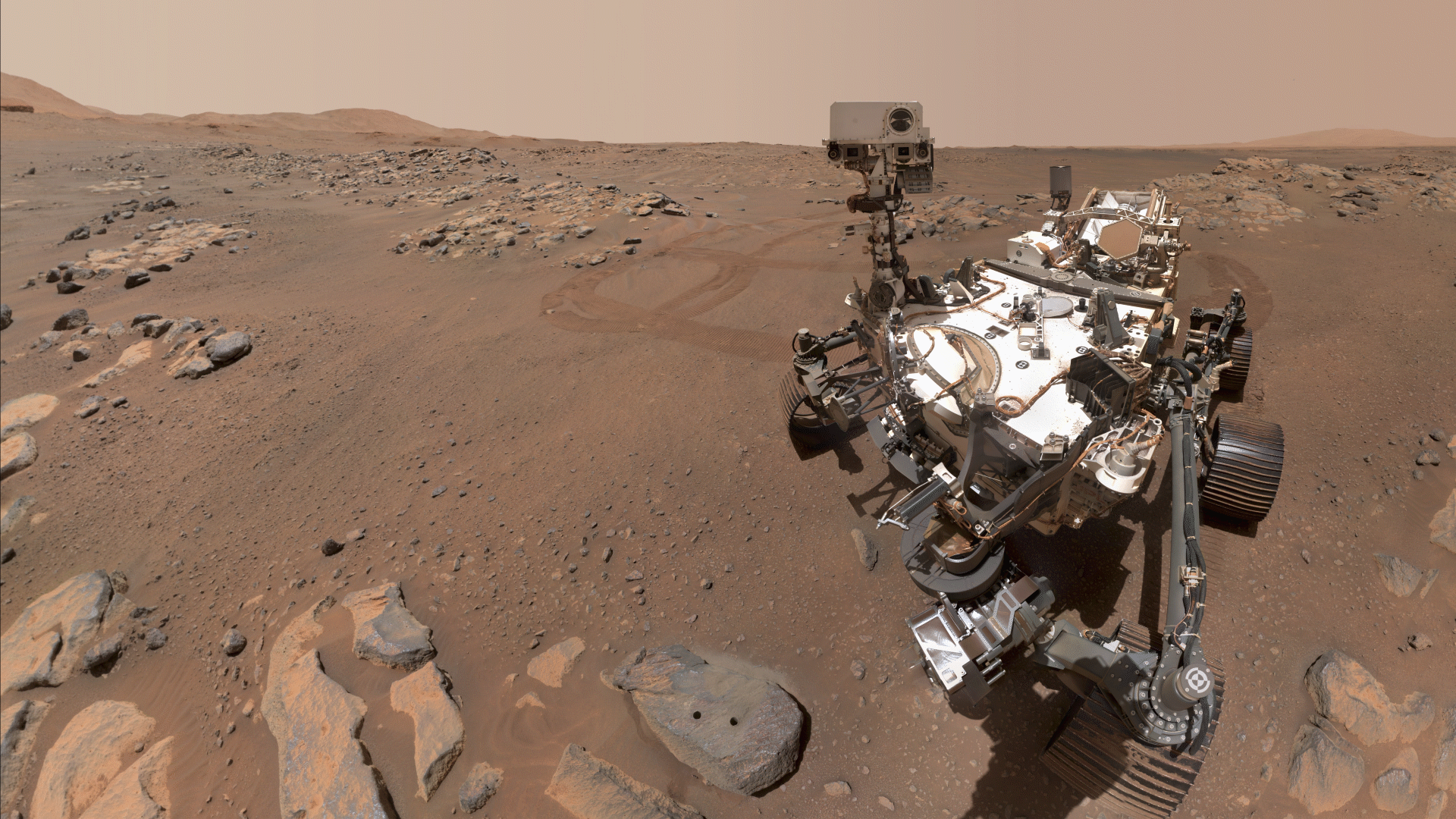
NASA's Perseverance Mars rover hears an alien soundscape that changes with the seasons
By Stefanie Waldek published
A year's worth of sound recordings from NASA's Perseverance rover reveals that it's very quiet on Mars.
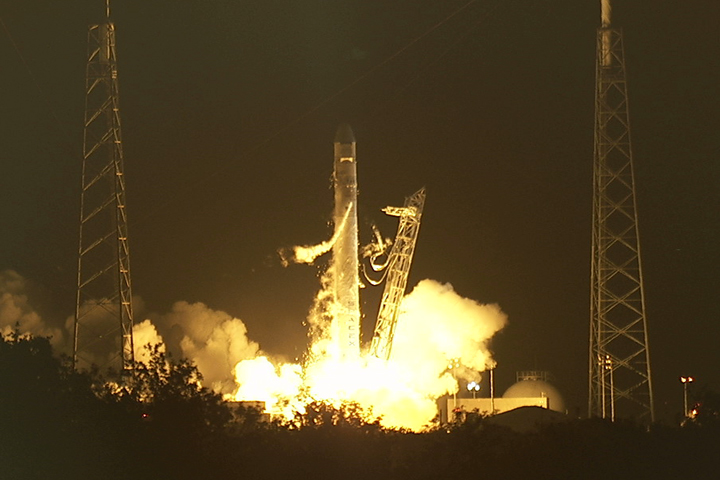
Rocket exhaust pollution in the upper atmosphere might affect Earth's climate
By Stefanie Waldek last updated
A new study reveals how air pollution from rocket launches spreads in Earth's atmosphere.
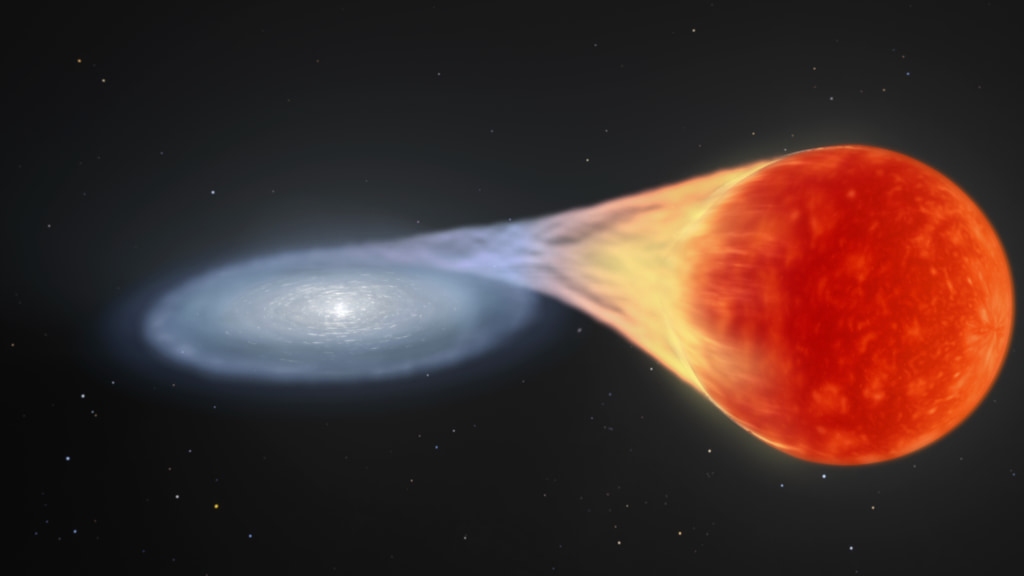
This tiny space rock might be the 1st physical evidence of a rare supernova
By Stefanie Waldek published
Scientists who analyzed the chemical composition of a space rock called the Hypatia stone suspect they have discovered evidence of a rare type of supernova.
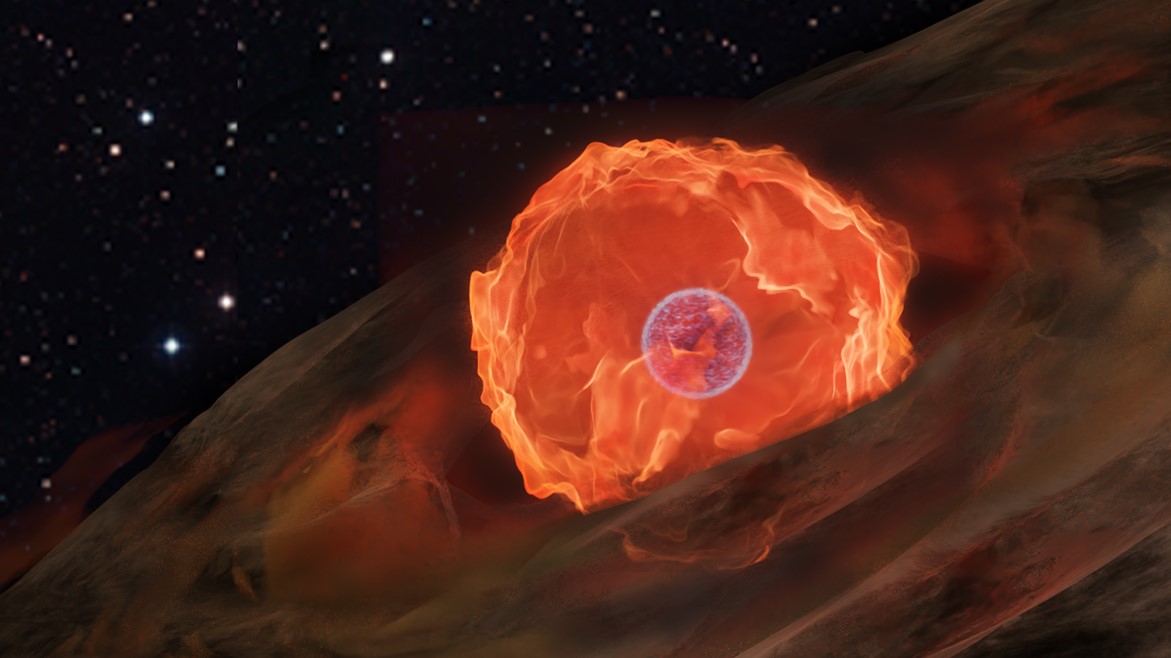
Scientists witness a white dwarf's massive X-ray explosion for the 1st time ever
By Stefanie Waldek published
European scientists used the eROSITA X-ray telescope to observe a white dwarf nova for the first time.
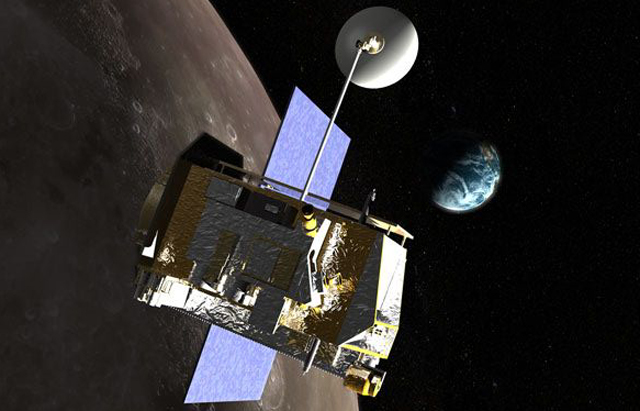
The Super Flower Blood Moon eclipse will leave these lunar spacecraft in the dark
By Stefanie Waldek published
The Super Flower Blood Moon lunar eclipse means solar power trouble for spacecraft on the moon
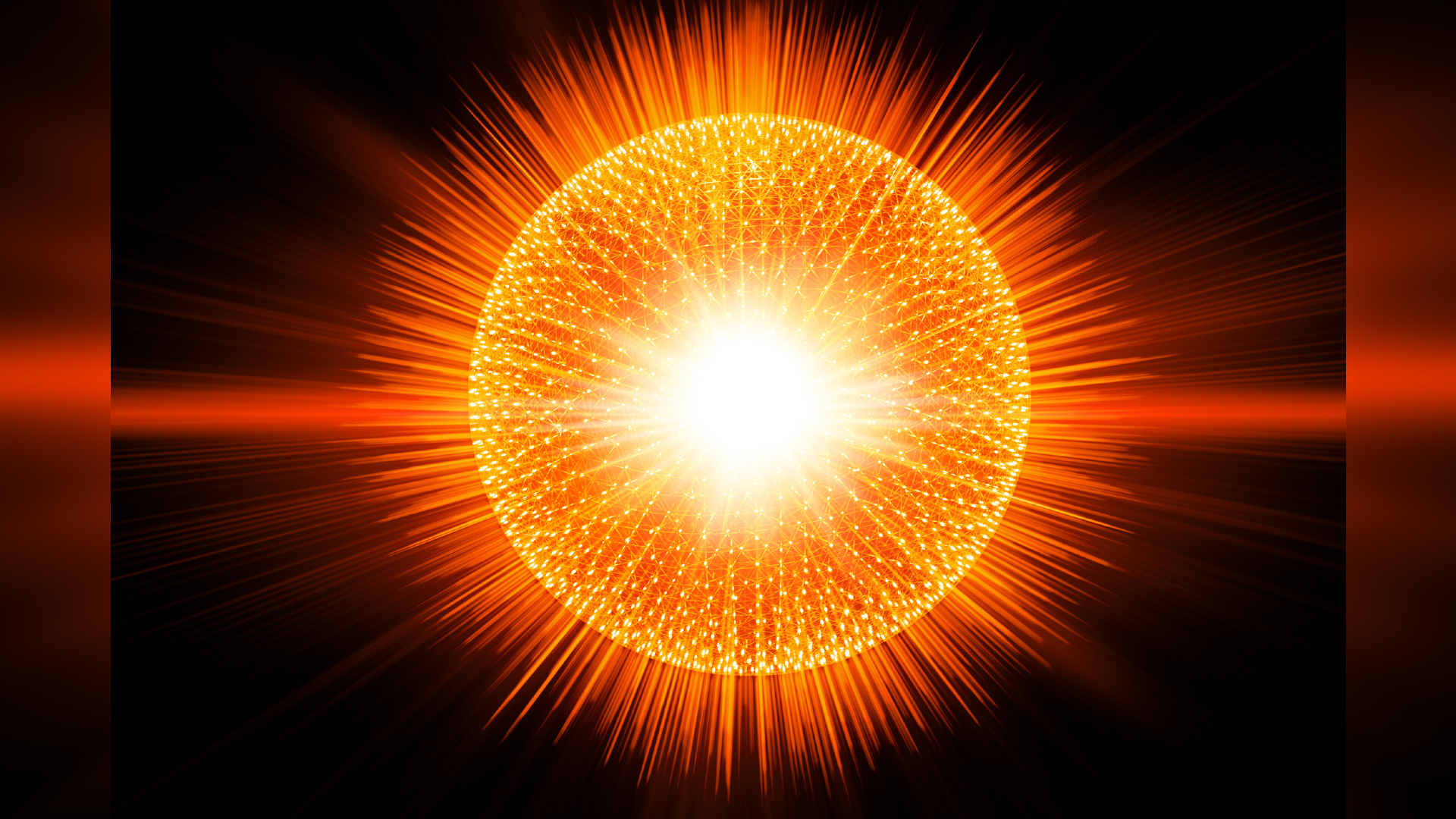
Alpha particles and alpha radiation: Explained
By Stefanie Waldek published
Reference Alpha particles, also known as alpha radiation, are the star players in the game of alpha decay — here's everything you need to know.

Amalthea: Jupiter’s unusual inner moon
By Stefanie Waldek published
Reference Learn about Jupiter’s weird inner moon Amalthea. It was not only the fifth Jovian satellite to be discovered, but it is also the fifth-largest.

A particle accelerator is now colder than space to produce 1 million X-ray pulses a second
By Stefanie Waldek published
At that temperature, the Linac Coherent Light Source (LCLS) X-ray free-electron laser will be able to accelerate electrons close to the speed of light.
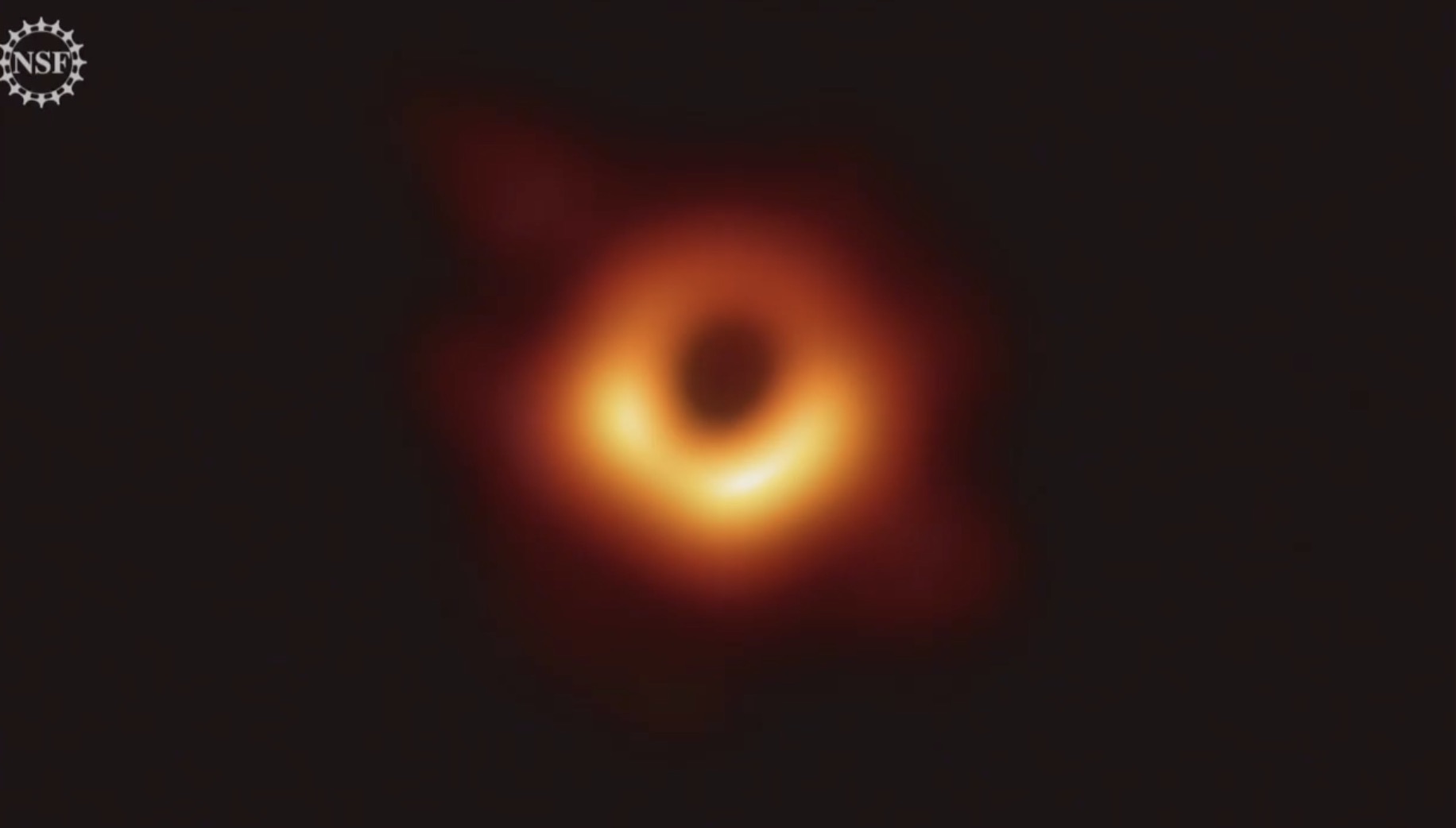
Watch the Event Horizon Telescope's 'groundbreaking' Milky Way discovery online today
By Stefanie Waldek published
Science institutions around the world will stream press conferences announcing the discovery; here's your guide to tuning in.
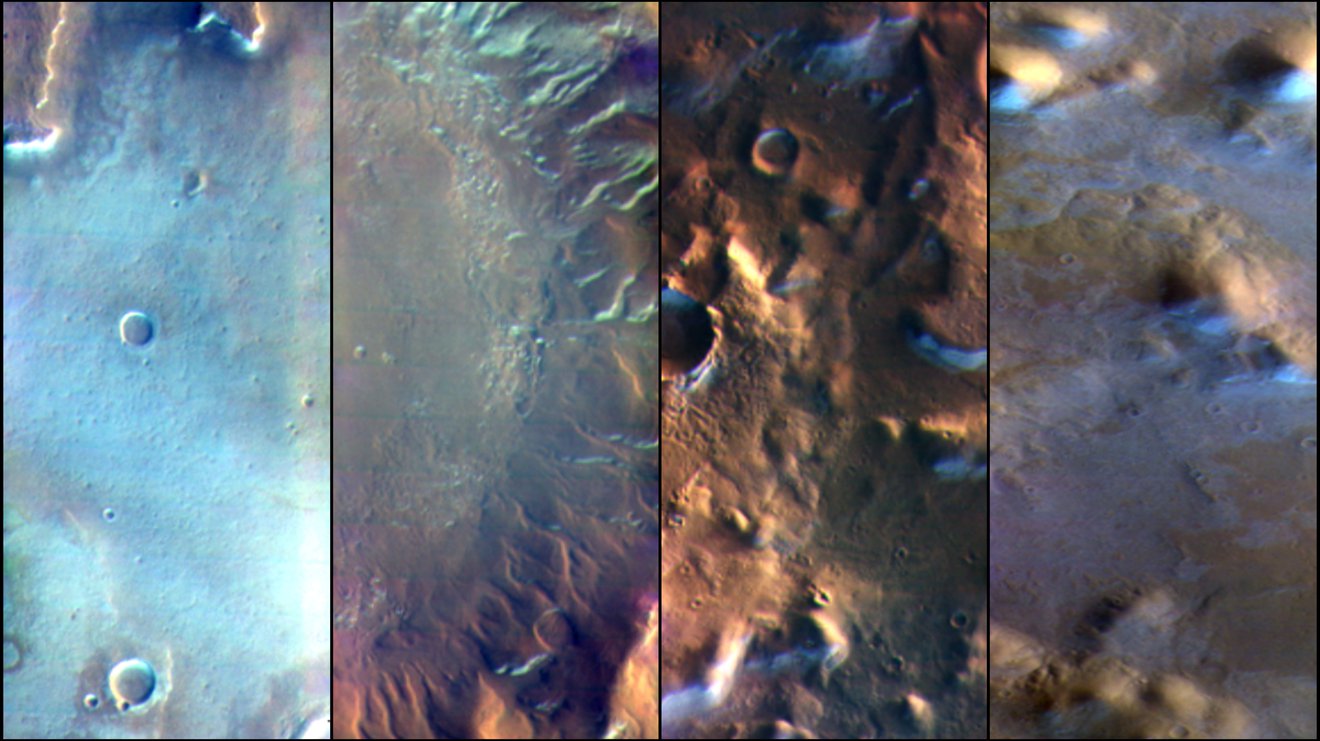
Mars sports 'invisible' frost and dust avalanches, and scientists may finally know why
By Stefanie Waldek published
Martian frost may be camouflaged by dust, which could cause dust avalanches.

Rocky alien worlds may need to be young to support life
By Stefanie Waldek published
Scientists suggest that one of the key characteristics of a life-supporting, rocky exoplanet is that it needs to be young enough to generate heat through radioactive decay.
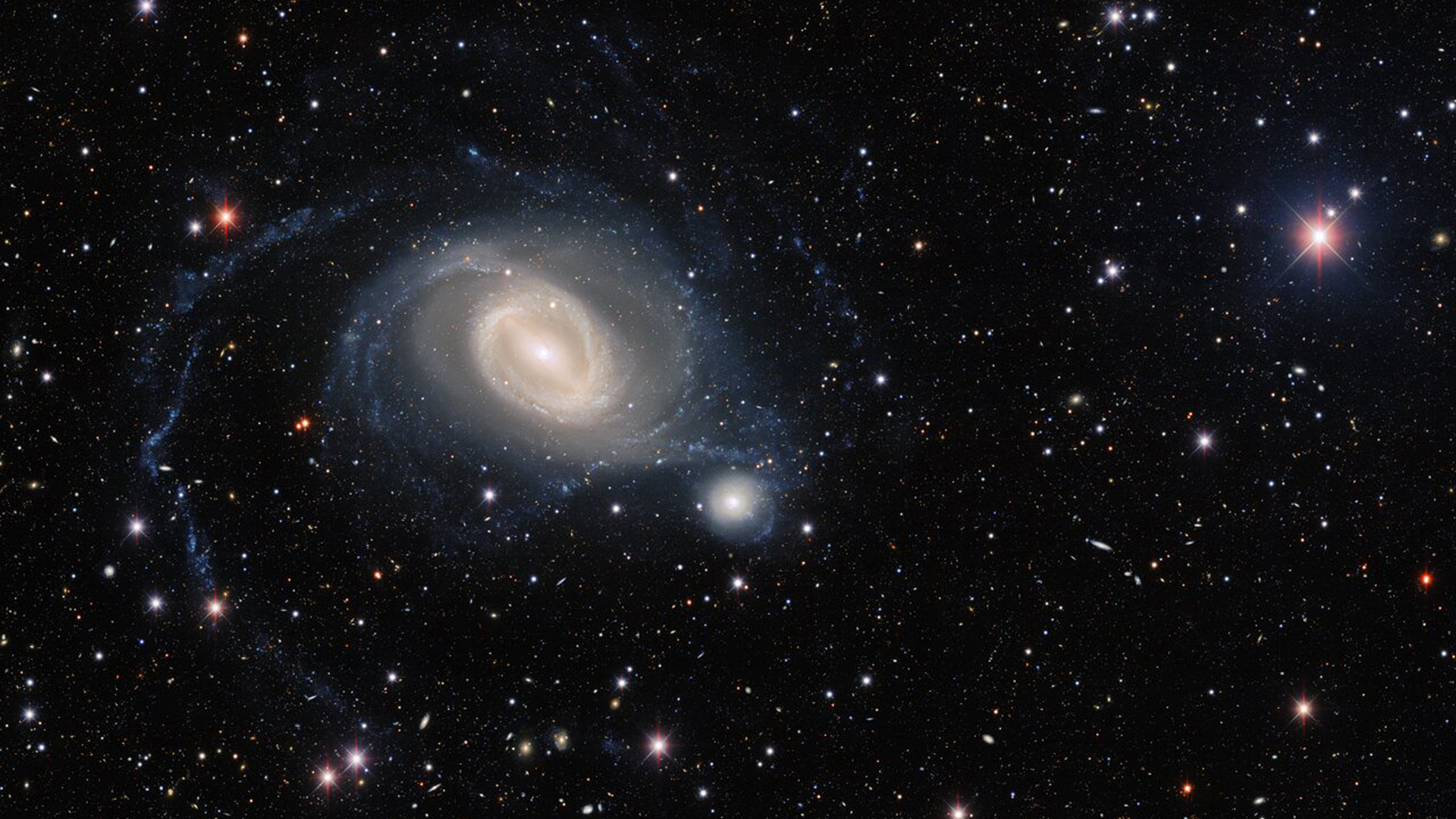
Dark Energy Camera spies 'galactic ballet' of galaxies in stunning space photo
By Stefanie Waldek published
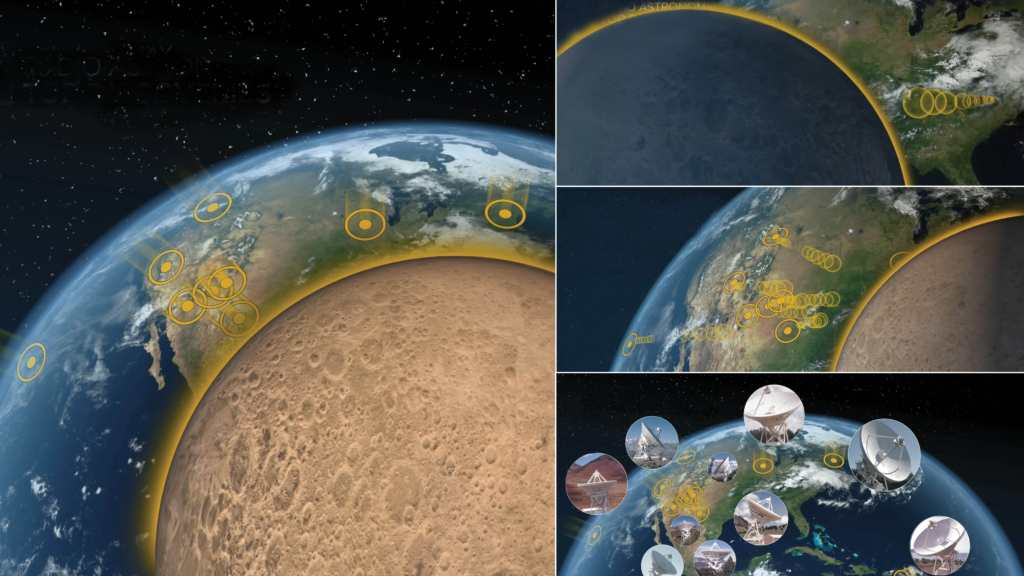
Ground-based radar could be one of our best tools against asteroids, new decadal survey finds
By Stefanie Waldek last updated
According to the new decadal survey, one of the best tools to help protect the planet against the impact of near-Earth Objects (NEOs) is ground-based planetary radar.
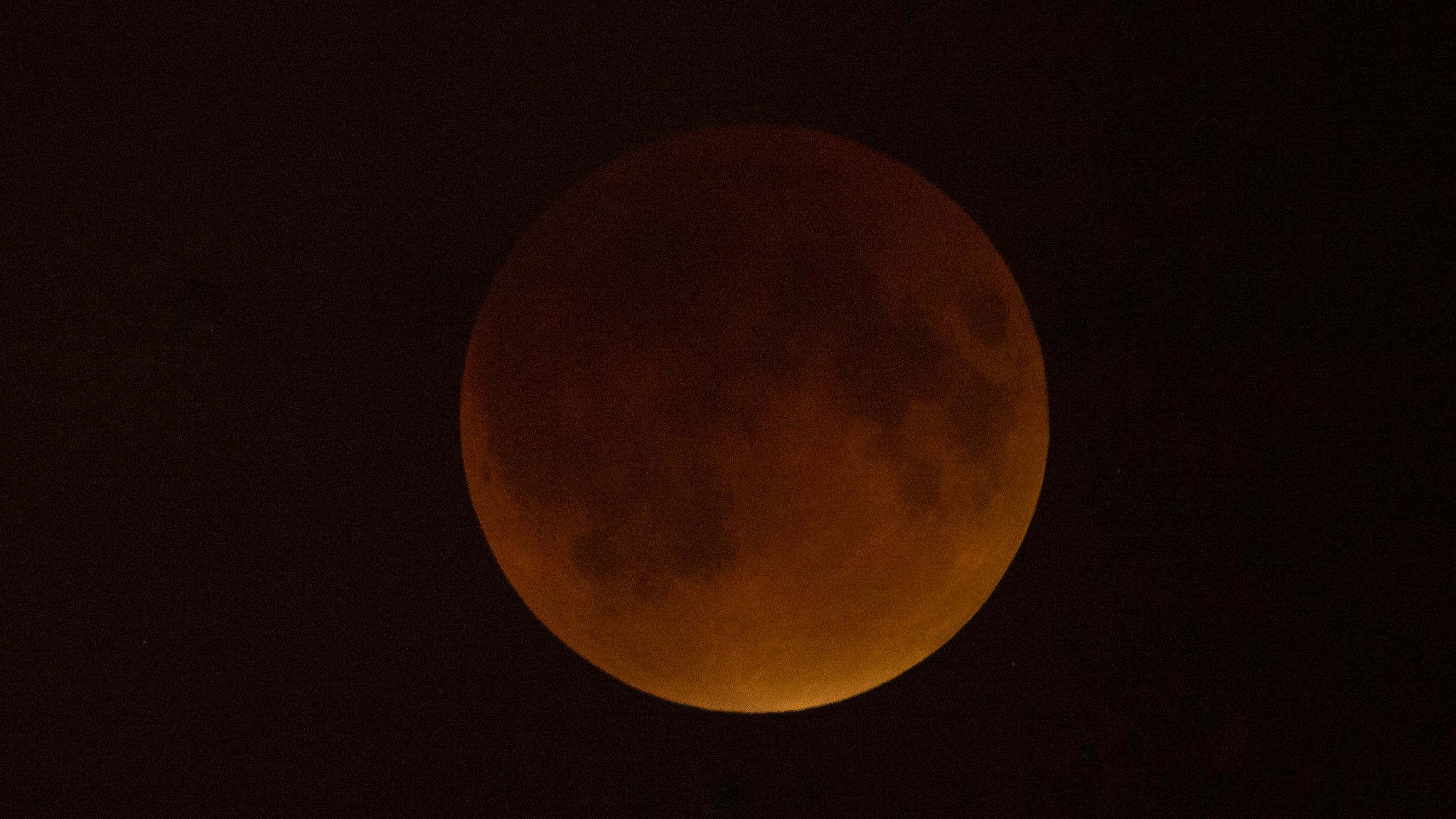
A total lunar eclipse will turn the moon red the night of May 15
By Stefanie Waldek published
This year's first lunar eclipse — one of two — will be able to be seen across the majority of the Americas.
Breaking space news, the latest updates on rocket launches, skywatching events and more!
